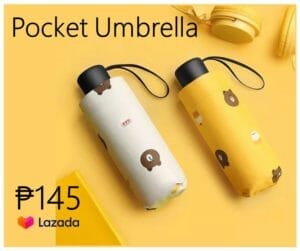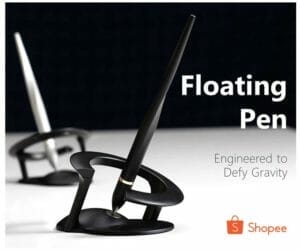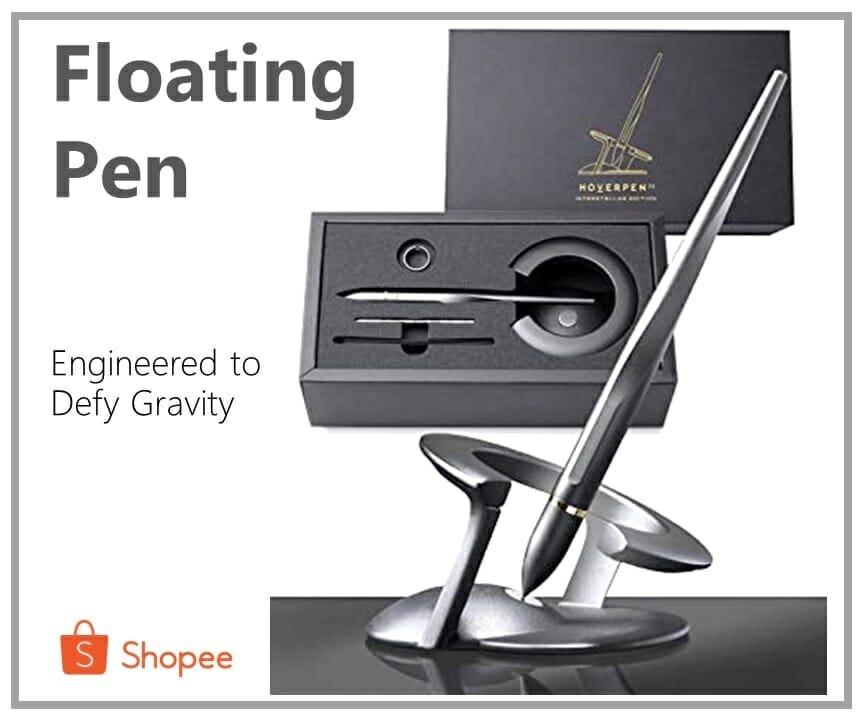Weather instruments in the Philippines are crucial in predicting accurate forecasts, as they provide essential data that meteorologists use to analyze atmospheric conditions. These instruments, which include barometers, anemometers, hygrometers, and rain gauges, measure various parameters such as air pressure, wind speed and direction, humidity, and precipitation. By collecting this data, meteorologists can identify weather patterns, understand climate behavior, and make informed predictions about upcoming weather events. The precision of these instruments directly impacts the reliability of weather predictions, which are vital for daily activities, agriculture, disaster preparedness, and public safety.
Using advanced weather instruments in the Philippines is particularly important due to the country’s susceptibility to tropical storms, typhoons, and other extreme weather events. The Philippine Atmospheric, Geophysical, and Astronomical Services Administration (PAGASA) employs a range of weather instruments in the Philippines to monitor and forecast weather conditions effectively. These tools enable meteorologists to provide timely updates and warnings to the public, helping communities prepare for potential hazards. By investing in and improving weather instruments, the Philippines enhances its ability to respond to natural disasters and safeguard the lives and livelihoods of its citizens.

1. Anemometers
Anemometers are essential weather instruments that measure wind speed and, in some cases, wind direction. These devices come in various types, the most common being cup anemometers, consisting of three or four cups mounted on horizontal arms. As the wind blows, it spins the cups, and the rotational speed correlates with the wind velocity. Other types include vane anemometers that use a propeller and a rotating shaft to determine wind speed. Anemometers play a crucial role in meteorology by providing accurate wind speed measurements and collecting data necessary for weather prediction and analysis.
In weather forecasting, wind speed data is vital for understanding atmospheric conditions and predicting weather patterns. Changes in wind speed can influence temperature, precipitation, and storm systems, making it essential for meteorologists to have reliable information at their disposal; in Metro Manila, where severe weather events such as typhoons are common, having accurate and timely wind speed measurements from various weather instruments in the Philippines can significantly enhance preparedness and response efforts. This data allows for better assessments of potential hazards, ultimately safeguarding lives and property across the archipelago.

2. Thermometers
Thermometers are essential weather instruments to measure temperature, a crucial parameter in understanding atmospheric conditions. They come in various types, including mercury, digital, and infrared thermometers, each designed to provide accurate temperature readings. By measuring the thermal energy of the atmosphere, thermometers help meteorologists assess current weather conditions, which are vital for forecasting. In the Philippines, where tropical weather patterns can change rapidly, reliable temperature measurements are indispensable for predicting phenomena like typhoons and monsoons, thus enabling timely warnings and preparations.
Temperature data collected by thermometers significantly predict weather conditions, directly influencing atmospheric pressure and humidity levels. Meteorologists analyze this data to create weather models, which help forecast short-term and long-term weather patterns. In the Philippines, where the climate is often characterized by warm temperatures and high humidity, understanding these variables is critical for agriculture, disaster preparedness, and public health. By utilizing various weather instruments in the Philippines, authorities can better predict and respond to changing weather conditions, ultimately enhancing safety and resource management for the population.
3. Barometers
A barometer is a meteorological instrument that measures atmospheric pressure, a crucial factor in understanding weather patterns. It operates on the principle that changes in atmospheric pressure can indicate shifts in weather conditions. There are two primary types of barometers: mercury and aneroid. The mercury barometer uses a column of mercury in a glass tube, with the height of the mercury responding to changes in atmospheric pressure. In contrast, the aneroid barometer utilizes a flexible metal diaphragm that expands or contracts based on pressure variations. Both types provide essential data that help meteorologists predict weather changes, making barometers integral components of weather instruments in the Philippines.
The significance of atmospheric pressure readings, particularly in weather forecasting, cannot be overstated. Fluctuations in pressure are often associated with different weather systems; for instance, low-pressure areas typically signal stormy and unsettled weather, while high-pressure systems are generally linked to clear skies and stable conditions. In the Philippines, where tropical storms and typhoons are prevalent, accurate atmospheric pressure measurements are vital in predicting these events and issuing timely warnings. By utilizing barometers alongside other weather instruments in the Philippines, meteorologists can enhance their forecasting accuracy, ultimately helping safeguard communities from severe weather impacts.
4. Hygrometers
Hygrometers are essential weather instruments that measure the moisture content in the air, providing a quantifiable reading of humidity levels. These devices come in various types, including analog, digital, and psychrometric hygrometers, each utilizing different methods to assess humidity. Analog hygrometers typically use a metal coil or a spring that expands and contracts with changes in humidity, while digital hygrometers often employ sensors for precise readings. In the Philippines, where the climate is predominantly tropical, accurate humidity measurements are crucial for understanding weather patterns and predicting atmospheric conditions, especially during the rainy season and typhoon occurrences.
The data collected by hygrometers significantly contributes to accurate weather predictions by helping meteorologists assess the likelihood of precipitation, fog, and other weather phenomena. High humidity can indicate impending rain, while low humidity may suggest clear skies. In the Philippines, where weather instruments play a vital role in disaster preparedness and agricultural planning, the insights gained from humidity measurements are invaluable. By integrating humidity data with other meteorological information, such as temperature and barometric pressure, forecasters can develop more reliable weather models, ultimately improving regional public safety and resource management.
5. Weather Radios
Weather radios are crucial in informing individuals and communities during severe weather events. These specialized devices are designed to receive broadcasts from the National Oceanic and Atmospheric Administration (NOAA) and other meteorological services, providing timely alerts about storms, floods, and other hazardous conditions. In regions like the Philippines, where tropical storms and typhoons are common, having access to reliable weather information is vital for ensuring safety and preparedness. Weather radios can deliver real-time updates, allowing people to make informed decisions and take necessary precautions, thus significantly reducing the risks associated with severe weather.
Staying informed during severe weather events is not just a matter of convenience; it can be a matter of life and death. The timely information provided by weather radios enables individuals, families, and communities to respond quickly to changing conditions and potential threats. In the Philippines, where weather instruments play a critical role in forecasting and monitoring atmospheric conditions, having a weather radio complements these tools by providing immediate alerts. This combination enhances public safety, ensuring everyone knows impending dangers and can enact emergency plans. Investing in a weather radio is a proactive step toward disaster preparedness, underscoring the importance of being informed and ready for severe weather challenges.
Concluding Remarks: Weather Instruments in the Philippines
In conclusion, the diverse array of weather instruments discussed plays a vital role in the accuracy of weather forecasts, particularly in regions prone to severe weather patterns. Instruments such as barometers, anemometers, and hygrometers each contribute unique data for understanding atmospheric conditions. Barometers measure atmospheric pressure, which is crucial for predicting changes in weather systems. On the other hand, anemometers gauge wind speed and direction, helping meteorologists assess the potential impact of storms. Additionally, hygrometers provide information on humidity levels, allowing for better precipitation and other weather phenomena predictions. Together, these instruments form a comprehensive toolkit that enhances our ability to forecast weather accurately.
In the Philippines, where tropical storms and typhoons are prevalent, the role of weather instruments is especially critical. The accuracy of forecasts can significantly influence disaster preparedness and response efforts, ultimately saving lives and minimizing economic losses. With technological advancements, modern weather instruments in the Philippines are becoming increasingly sophisticated, allowing for real-time data collection and analysis. This not only aids meteorologists in making informed predictions but also empowers communities to take proactive measures in the face of severe weather events. As climate change continues to influence weather patterns, the importance of reliable weather instruments cannot be overstated, making them essential for safeguarding both people and property in the Philippines and beyond.












